
Welcome to Port Philip Bay, Melbourne. Port Philip Bay is home to the largest shipping port in Australia. It has also become the focus of a massive joint operation between The Nature Conservancy of Australia, The Albert Park Yachting and Angling Club and the Department of Environment and Primary Industries. The goal of this partnership is to reestablish the ‘lost’ shellfish reefs that once thrived in Port Philip Bay.
Why are these shellfish reefs so important that they warrant this type of effort to restore them? It’s a great question, and it’s one I discussed at length with the scientist we were working with. For several reasons, including overfishing, the shellfish population, and therefore the reefs, dropped drastically in Port Philip Bay and the surrounding areas. The loss of these reefs has put incredible strain on the environment. The life that was once supported by these reefs is gone, leaving many animals on the brink of extinction. Faced with a massive loss of marine and wildlife as well as the impact it would have the local economy, it was decided that immediate action needed to be taken to restore these lost reefs and return the bay to the thriving ecosystem it once was.
We were asked by The Nature Conservancy to help document the work being done as well as potential sites for the reef restoration.

The process of restoring shellfish reefs is quite amazing. It is a two part process that takes us from government run oyster farm in Queenscliff to the sand bottom of Port Philip Bay. We started this two day project in Queenscliff where the Department of Environment and Primary Industries has set up an oyster hatchery. Here, they grow thousands of oysters that will be introduced back into Port Philip Bay.


This was the first project Nathan joined me on after arriving in Australia. He was exhausted from his long flight out the day before, but he jumped right in and did an incredible job!


Paul, one of the scientists working on the Port Philip Bay project, took some time to explain to us the second part of the process. Shellfish, such as oysters, need a hard, rocky surface to grow on. They can’t just simply be dumped in the water and settle on the sandy bottom. So finding the right locations in the bay to reintroduce the oysters it incredible important. Once the right location are determined, a bedding of rocks and shells would be laid down, giving the young oysters a shelter to grow.


The Albert Park Yachting and Angling Club was one of the first groups to push for the restoration project. Over the last 40 years, the club has noticed a huge loss in healthy reef throughout the bay. They grew concerned over the loss of the reefs and the marine life and what that would mean for the bay and surrounding estuaries.





We spent our second day out on the water. The goal was to document the conditions of the three proposed restoration sites as well as capture some video. On our way our to the first location, we saw a variety of marine life. It was amazing to think that what we were seeing is only a portion of the life that once thrived in this bay.


You can’t get underwater site photos without getting a little wet. So when we arrived at the first location, we suited up in our gear and went for a dive.

Nathan grabs a hold of our underwater camera setup. That baby can go all the way down to 200 feet below the surface, not that it’ll ever reach that.
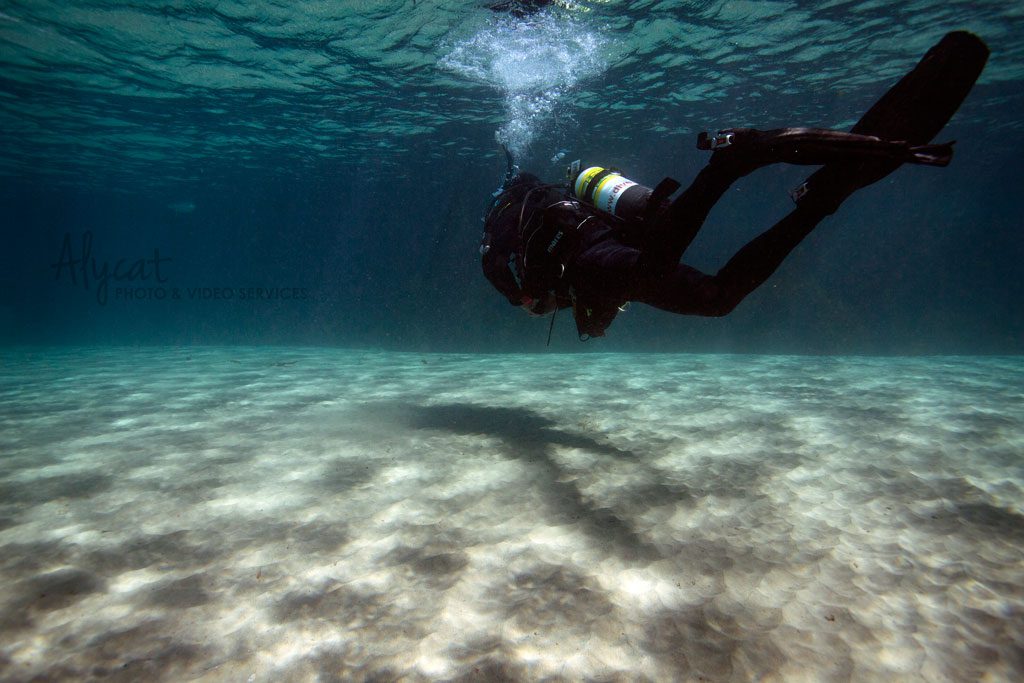
 Duck butts! They look so weird from under the water.
Duck butts! They look so weird from under the water.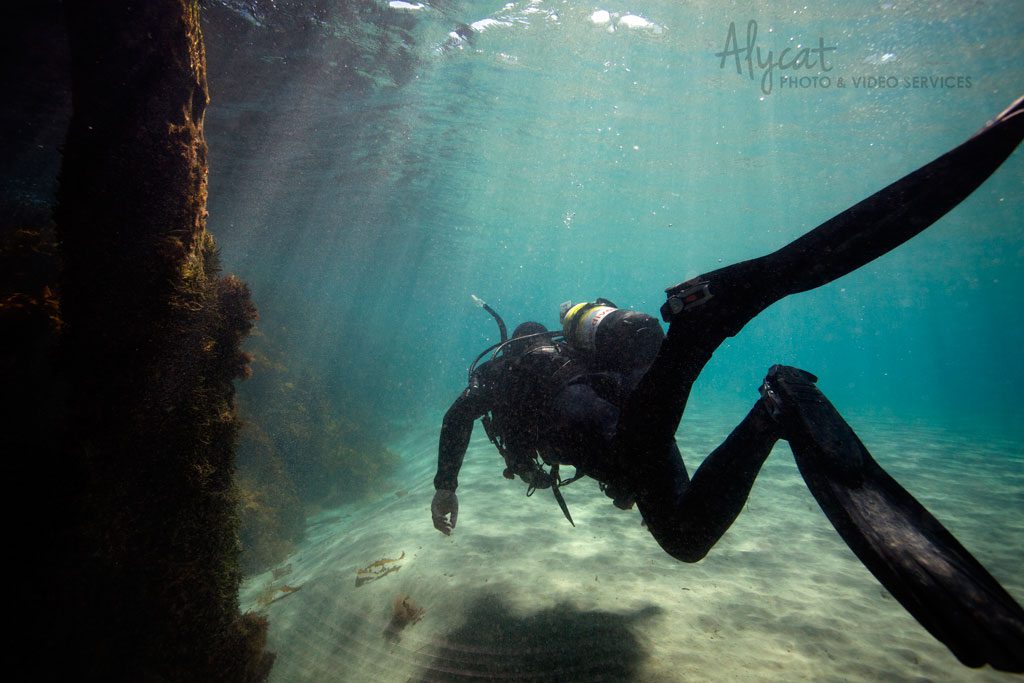
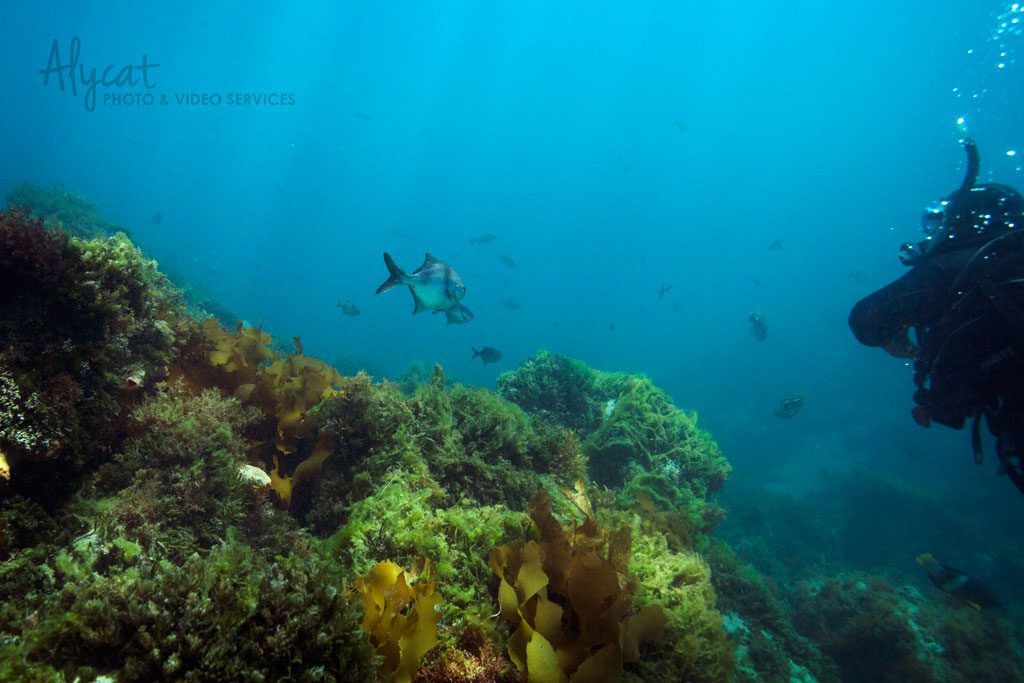
 Digging around site one to see if any of the tests had taken hold.
Digging around site one to see if any of the tests had taken hold.
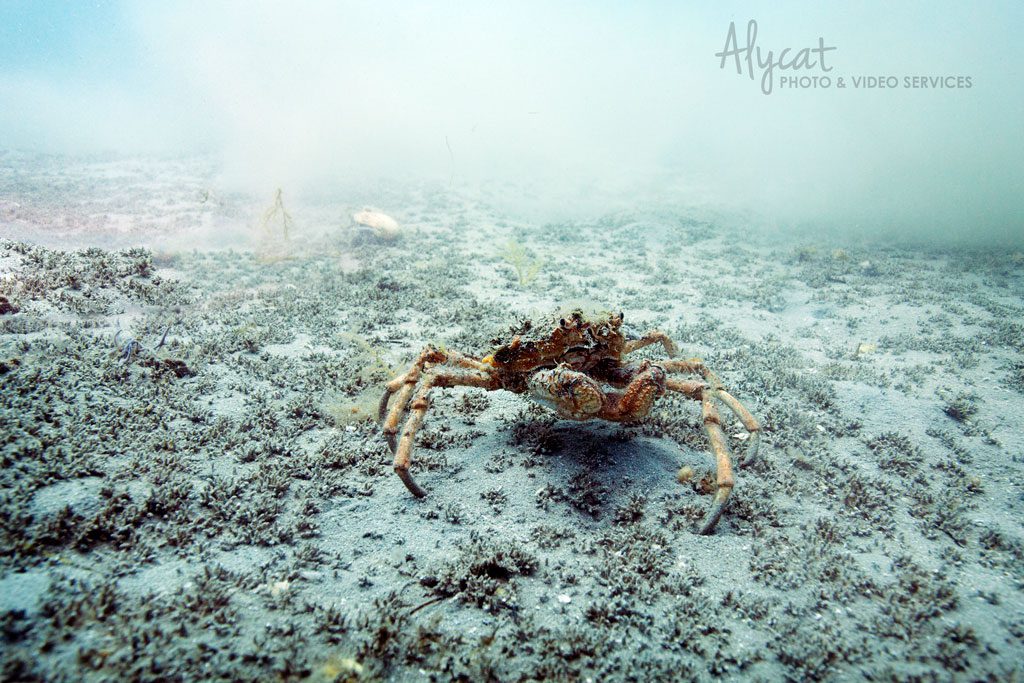
“What are you looking at?”

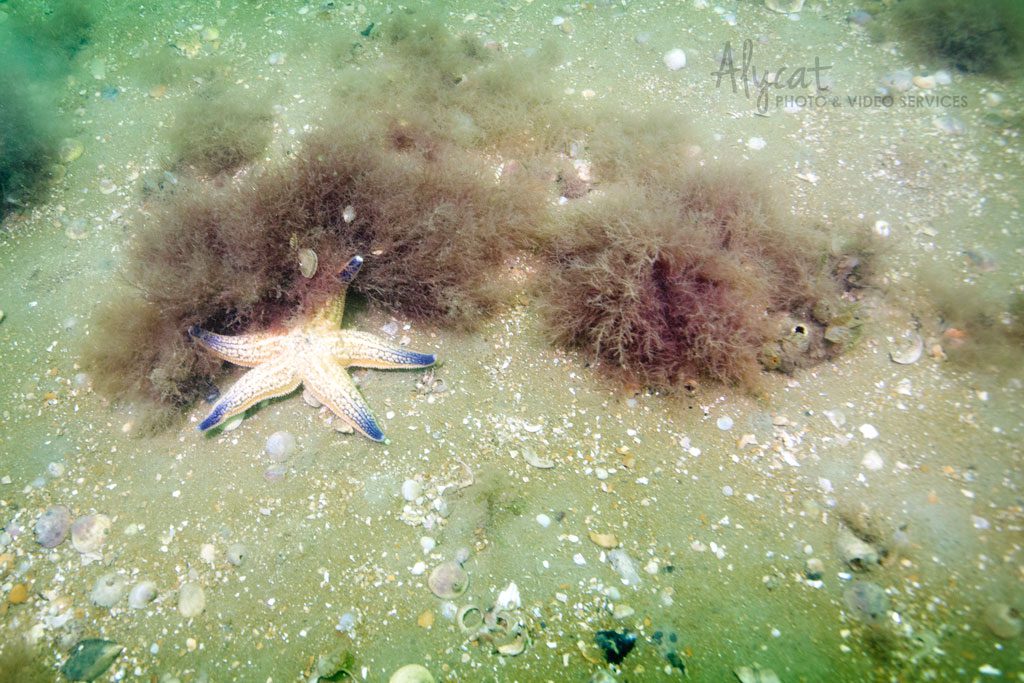

The starfish you see in the photo is not native to these waters. It is a species from Asia that has wreaked havoc in portions of the bay since its introduction. They eat everything, including oysters, making it one of the biggest issues facing the restoration project.
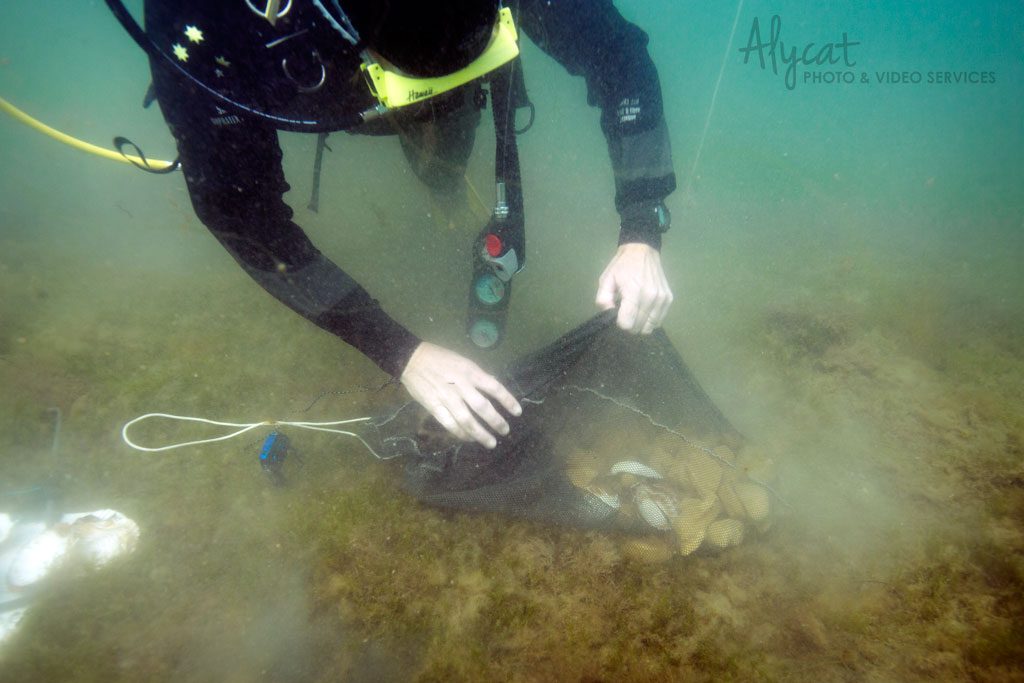
At the third site, the ground is tested and a sample of bedding laid out over a small area. Soon, this area will be home to not just oyster, but many other types of marine life as well. The possibilities make me itch to get back to see the progress.
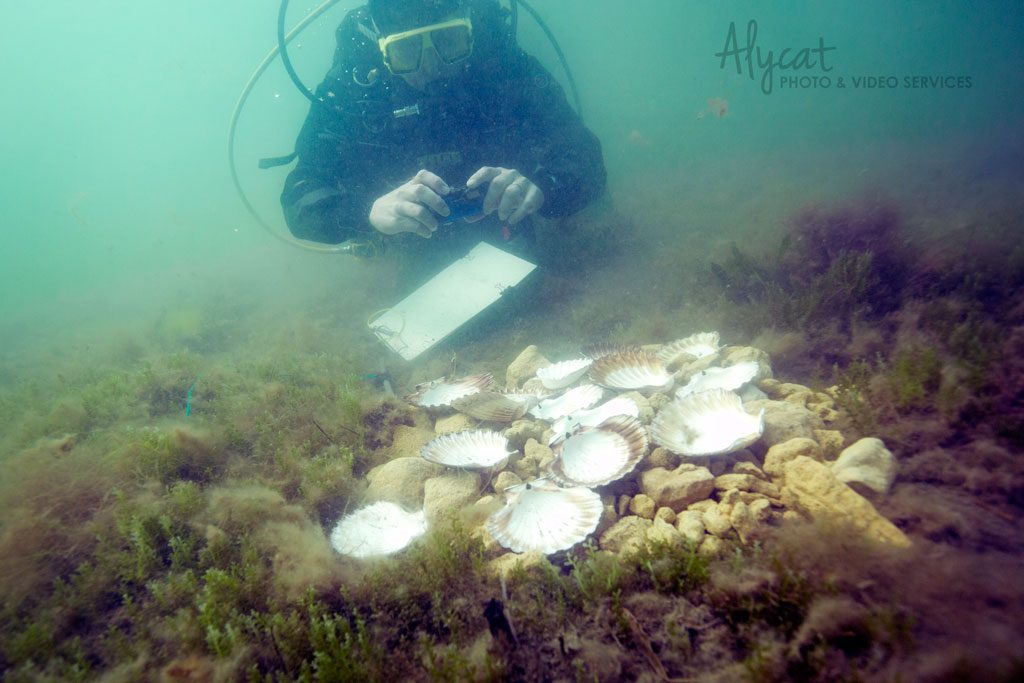

This guy followed us back into port. As the boat made it’s way in, I sat in my seat and watched him glide along the water. It was peaceful and relaxing. It was yet another reminder of how beautiful Mother Nature is and why we need to continue to protect her.